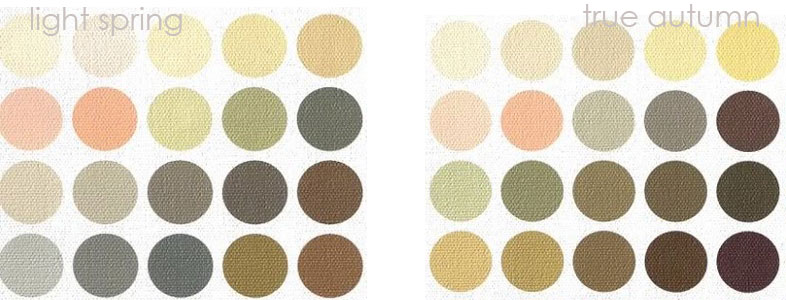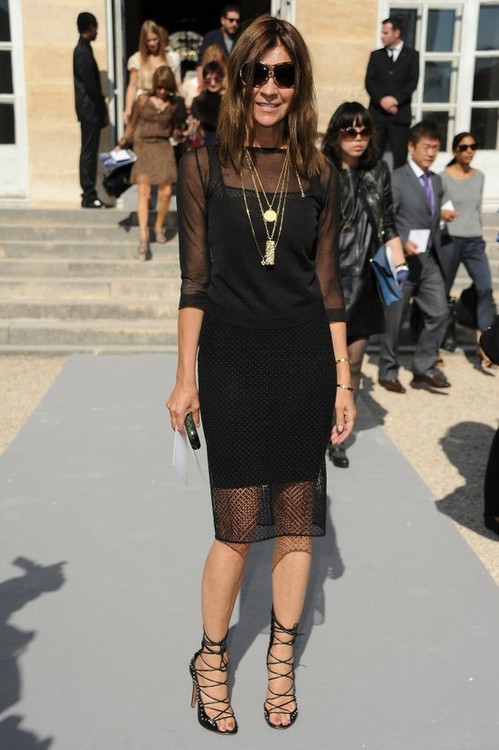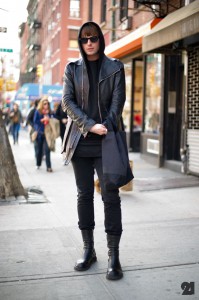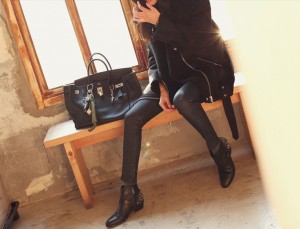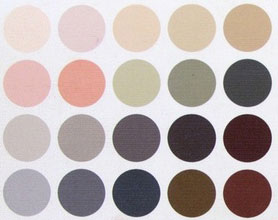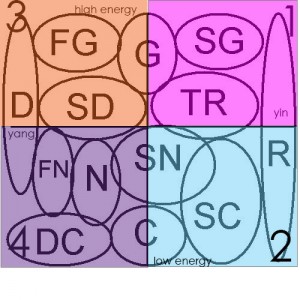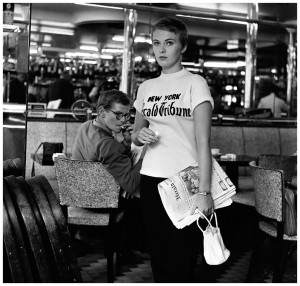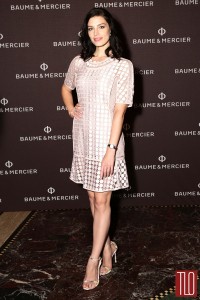Somehow, I feel like every time I write something about where I am on this journey to discover my natural colors, lines, and style personality, I soon figure out that I’m not what I thought it was at all. If you read my Banning Black post, you’ll know that I considered myself a Light Spring. I don’t think that anyone looking at me would think otherwise, except to perhaps suggest Light Summer. But as I also wrote about in that post, I have been having a hard time connecting to the Light Spring palette. So I decided to do some drapes using actual fabrics, not just photoshopping colors onto myself.
What I discovered is that my skin is EXTREMELY reactive to colors. In the span of five minutes, with photographs taken in the same spot, I went from looking on the sallow side to like I had a sunburn, all depending on what color I was wearing. (I have also learned that just because you have natural light golden blonde hair does NOT mean you can wear Barbie pink.)
So all of my previous drapings, opinions, etc. meant nothing. I can only understand how colors look on me when they were reacting to my face in real time. I also realized that the only way I can confirm this is to be analyzed professionally.
What I am pretty certain of is that I am probably not a Spring. What was suggested for me is True Autumn. True Autumn was a palette I never considered because I look nothing like the stereotypical True Autumn woman. Their colors tend to be deeper. They have brown or auburn hair. But your skin doesn’t lie (although the camera does, so like I said, I’m going to do an in-person color consultation eventually).
One thing I also realized is that I was only connecting to Light Spring’s neutrals. True Autumn’s neutrals are quite similar:
The grays are warmer, there’s more yellow, but a lot of the colors I like–the warm grays, the corally peaches, the olives–are still there.
I’d also always thought of Autumn palettes as containing a lot of orange and brown. While there’s some of that, looking at True Autumn palettes, there were a ton of colors–actual colors!–I connected with, and can’t wait to try on:
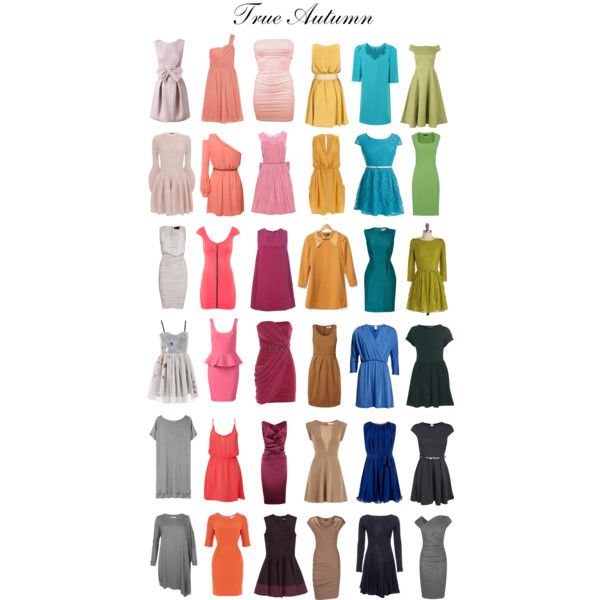
(Source)
I find myself loving those deep, rich colors.
I think it’s important, for both color analysis and Kibbe, to let go of preconceived notions of what a certain type should look like and how they should dress. Each Kibbe and each palette has a very wide spectrum of how it can be used and applied, and there is no one way for a person of this Type or Season to look. When it works, it works. Anything that tries to use a flowchart to determine something as variable as natural color, just click the “x” at the top of the screen. It can’t tell you how your skin will react.
I’m not sure if I’ve found my seasonal home yet. It may take a long time, and maybe even multiple professional analyses. But I do feel like I have learned a lot so far. I also think you have to listen to your inner voice. I spent all spring wandering around stores, looking at Light Spring colors and not wanting to try on any of it. Autumn clothes start trickling into stores, and I’m in a store for five minutes before I’m standing in line to pay for a dress. Fall has always been my favorite season to shop–perhaps this is why.
(Also I’m a Type 3, and True Autumn colors=Type 3 colors, so this is getting spooky.)
Are you settled in your season or are you still looking? Were you surprised by what you found out?
